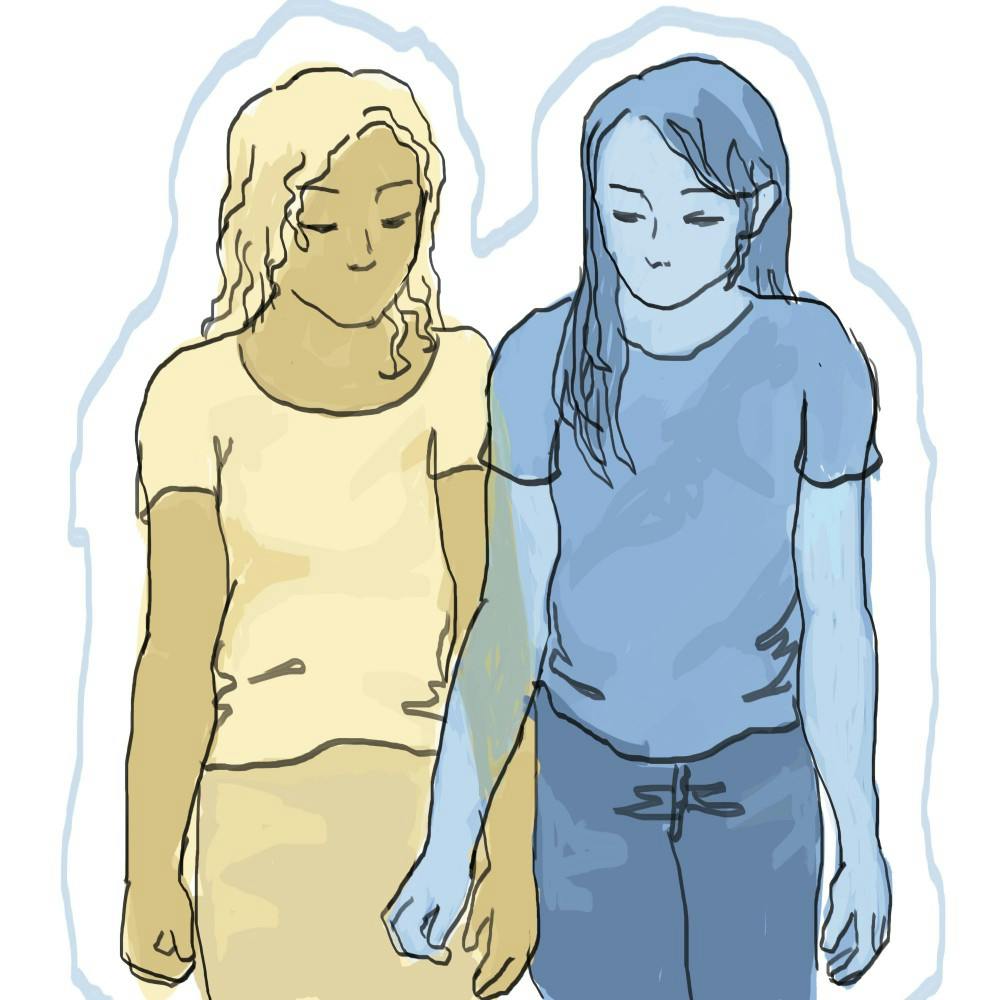With Valentine’s Day comes a new crop of romantic blockbusters like Fifty Shades Freed, but these films, featuring starry–eyed actors in perfect, straight relationships leave little space for anyone who’s not the Hollywood–styled picture of romance. Mainstream media is infamously bad at including LGBTQ characters, but when it comes to romantic relationships, there are even fewer options. Hollywood’s insistence on cisgender, straight couples as romantic leads begs the question: what about the rest of us?
Classic rom–coms like Sleepless in Seattle or You’ve Got Mail don’t have much in the way of diversity; but neither do recent releases like the popular but critically disparaged Fifty Shades trilogy. GLAAD’s 2017 Studio Responsibility Index reports grim statistics: of 125 film releases from major studios in 2016, only 23 included characters identified as lesbian, gay, bisexual, transgender, or queer. Of the 70 LGBTQ characters portrayed, a whopping 14 were featured in a single musical number. LGBTQ women, non–binary people, and people of color are underrepresented, with most portrayals focusing on gay male characters.
The lack of representation in mainstream media can make content with LGBTQ characters hard to find. Jess Araten (C '20), who identifies as bisexual/queer/fluid, said that finding good portrayals in TV and movies has often been difficult. “Honestly, at least in terms of shows catered to queer women or non–binary people, and not specifically gay men, I feel like there’s more stuff from web series on YouTube or other alternative video streaming platforms, rather than TV.” Often, the lack of representation has led the LGBTQ community to search for content outside the mainstream, looking instead to online platforms.
About five pages deep into a Google search, I could understand why. Articles listing “The (insert number here) Best LGBT Characters on TV” were mostly composed of blank–eyed side characters; a search for “gay rom–coms” dredged up movies that remain unwatched at the bottom of the pit of Netflix titles for good reason. Two big–name films about gay romance, the Oscar–nominated Call Me by Your Name and the Oscar–winning Moonlight, came out recently, and were some of the best representations I found (although it’s worth noting that both of these centered around gay men, not women, trans, or non–binary people).
In Moonlight, which in 2017 became the first film with an LGBTQ lead to win the Oscar for best picture, we follow main character Chiron as he grows up in Liberty City, Miami, troubled by violent bullying and his mother’s drug abuse. The film is less focused on romance than your typical rom–com—although it’s pretty swoony when Chiron and his childhood friend, Kevin, reunite late in the film to the crooning of Barbara Lewis—but it includes an important gay relationship. Moonlight features an all–black cast, a rarity in Hollywood, and offers a representation of gay people of color.
Set in the sultry heat of an Italian summer, Call Me by Your Name is more romantic. The film documents the relationship between seventeen–year–old Elio and American grad student Oliver, who is working with Elio’s father for the summer. The film is overripe, bursting with color and buzzing with flies like a peach in the orchards where the pair are often filmed, golden and loose–limbed. A gorgeous, swooning film like this one seems like a triumph for representation, and in many ways, Jess said, it is. “It broke a lot of the standard norms for representation of a gay or a queer couple. The two men were really pretty fluid in their sexualities, and a lot of the relationship was, I thought, represented very realistically and beautifully.”
However, many have found the age difference between Elio, a teenager, and Oliver, a man in his twenties, troubling. “There’s been debate among my friends, many of whom are queer, about if it’s okay, if it’s not okay, what it means and how it fits into the larger discussions of the community,” said Araten. “It’s something extra to consider.”
Even when we can find gay relationships in film, they are almost never the brand of simple, saccharine romance common in straight love stories. Gay relationships aren’t allowed happy endings. The trope of LGBTQ characters dying tragically has been persistent to the point that it is referred to on many websites I found as “Bury Your Gays.”
Generous, realistic depictions of gay relationships have historically been elusive, and continue to be. So this Valentine’s Day, when you’re watching that rom–com about a totally average (but unreasonably hot) girl who is inexplicably swept off her feet by a billionaire playboy, consider the stories we tell, and those that go untold. Everyone’s love is deserving of silver–screen attention.







